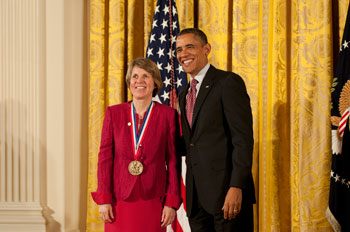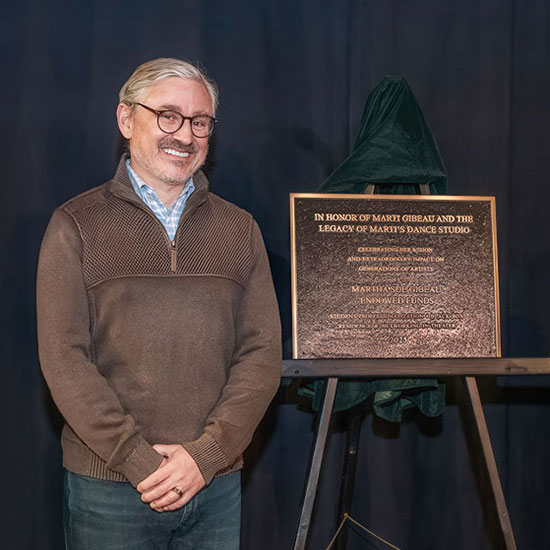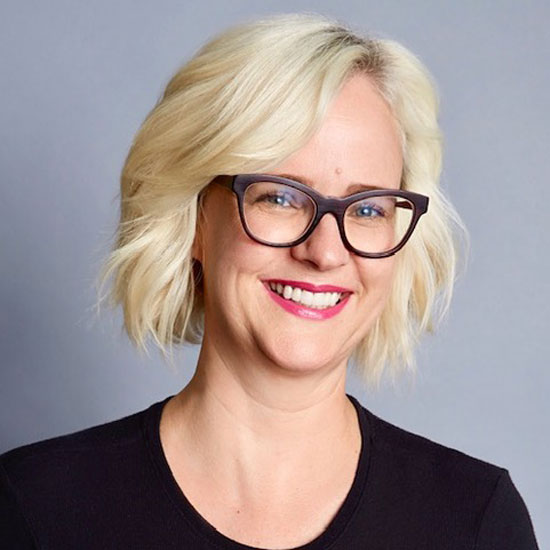White House honor
Sallie (Penny) Chisholm ’69 receives the National Medal of Science from President Barack Obama for her revolutionary work in oceanography.
Biologist Sallie (Penny) Chisholm ’69 was one of 23 eminent researchers in the U.S. who received the National Medal of Science from President Barack Obama Feb. 1 in a ceremony at the White House. Those honored included 11 recipients of the National Medal of Science and 11 people who received the National Medal of Technology and Innovation.

Photo by Ryan K. Morris/National Science & Technology Medals Foundation
Chisholm was recognized for “contributions to the discovery and understanding of the dominant photosynthetic organisms in the ocean,” according to a citation read at the ceremony.
In his opening remarks, Obama called it “an incredible pleasure and honor to welcome this talented group to the White House.” The gathering featured “the biggest collection of brain power we’ve had under this roof in a long time. I can’t imagine too many people competing with this group,” he added.
According to Obama, in America, “Science depends on the ideas you dream up, the possibilities you envision, and the hard work you put into carrying them out.” He cited the “spirit of curiosity and innovation” that all honorees shared as well as “the sacrifices they made and the chances they took” to achieve their goals.
Added the president, “In a global economy where the best jobs follow talent, we need to do everything we can to encourage that passion.” Education and hard work contribute to success, as does help along the way. “No matter how many talented folks are in this country, without a hand up, it’s harder for young people to succeed,” Obama said.
The president closed the ceremony by expressing the nation’s gratitude to those honored. “The incredible contributions you have made have enhanced our lives in practical and inspirational ways,” Obama concluded.
The National Medal of Science was created by statute in 1959 and is administered for the White House by the National Science Foundation. Each year a committee of Presidential appointees selects nominees on the basis of their extraordinary knowledge in and contributions to chemistry, engineering, computing, mathematics or the biological, behavioral/social and physical sciences.
Chisholm is a distinguished biological oceanographer whose studies of the dominant photosynthetic organisms in the sea have revolutionized scientists’ understanding of life in the world’s oceans. She holds an appointment inMIT’s School of Civil and Environmental Engineering, where she is the Lee and Geraldine Martin Professor of Environmental Studies and a professor of biology.
In 1988 Chisholm was part of a team that discovered the ocean phytoplanktonProchlorococcus, the world’s smallest, yet most abundant, photosynthetic organism. These tiny, teeming blue-green algae are the basis of the ocean’s food chain and more. During photosynthesis they use sunlight energy to take up carbon dioxide and evolve oxygen thus playing a key role in regulating the earth’s atmosphere and climate.
Chisholm has developed Prochlorococcus into a model system for study, to help us better understand the role that these photosynthetic microorganisms play in sustaining ocean ecosystems. She has worked with biochemists, geneticists, microbial ecologists and others to understand Prochlorococcus’s biology from the genomic level up to its role in the global biosphere.
Her laboratory was the first to publish a genome of Prochlorococcus—finding that it contains only 2,000 genes (compared to 30,000 for a human). This, said Chisholm, is the smallest number of genes that can convert sunlight energy and basic elements into biomass. “It behooves us to understand exactly how…this tiny cell converts solar energy into living biomass,” she has said. These blue-green algae, also called cyanobacteria, are “not just some esoteric little creatures; they dominate the ocean,” she added.
Chisholm earned a B.A. degree in biology-chemistry at Skidmore, the home of her “scientific roots.” When explaining her start as a scientist, she says, “I always tell people that the project I worked on for my senior thesis was not on a cutting-edge topic, but that didn’t matter. I learned how to do science in the most rigorous way. I learned the fundamental principles of the scientific method. That is what matters, as that is what students carry with them when they move on.”
She carried that knowledge to Cornell, where she studied in 1970, and to the University at Albany, where she earned a Ph.D. in biology in 1974.
Chisholm has teamed with illustrator and children’s book author Molly Bang in producing two award-winning children’s books. Their first collaboration, Living Sunlight: How Plants Bring the Earth to Life (Scholastic, 2009), was acclaimed in 2010 by the American Association for the Advancement of Science as the year’s “Best Children’s Science Picture Book.” Their second, Ocean Sunlight: How Tiny Plants Feed the Seas (Scholastic/Blue Sky Press, 2012), has just received this same award for 2013.


